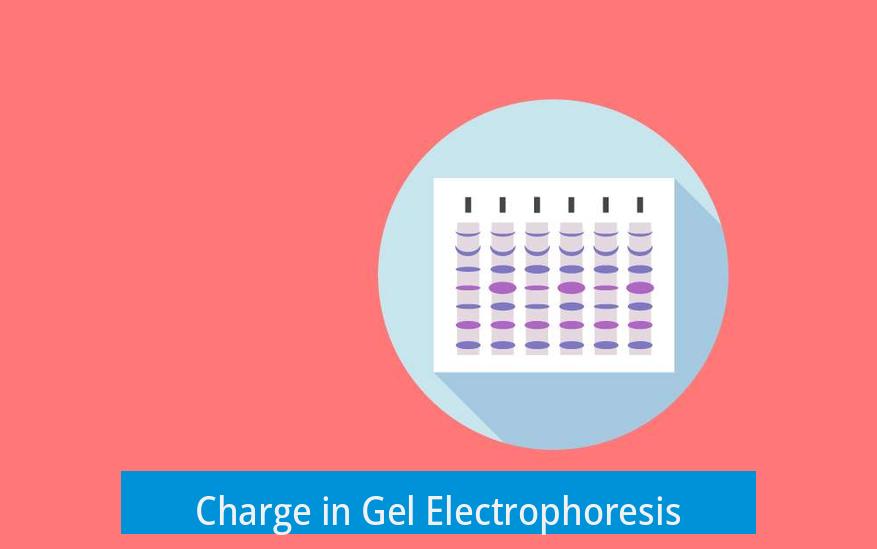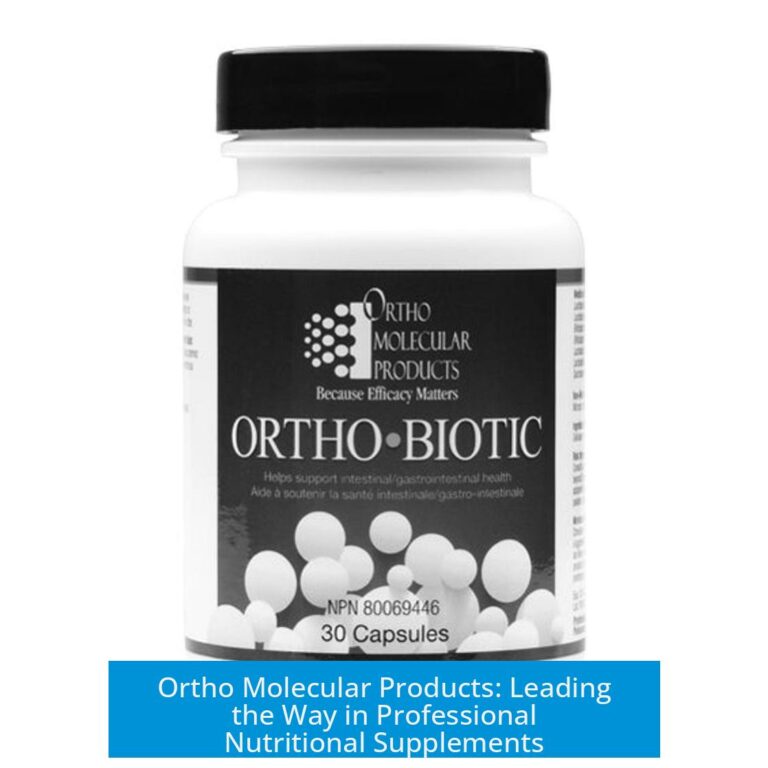Charge in Gel Electrophoresis

Charge in gel electrophoresis primarily determines the direction and force of DNA migration toward the positive electrode. However, the migration rate depends more on the size of DNA fragments and their charge density rather than the total charge alone.
Understanding the Role of Charge in DNA Migration
DNA fragments possess a negative charge due to their phosphate backbone. This consistent negative charge drives migration toward the positive electrode during electrophoresis.
All DNA molecules carry enough negative charge to ensure movement; the electrophoretic force attracts them regardless of size or sequence.
Charge-to-Mass Ratio and Its Impact
Longer DNA fragments do carry more negative charges. This increase is proportional to the number of phosphate groups in the backbone.
However, the mass of the fragment increases proportionally with the charge. This results in an approximately constant charge-to-mass ratio (Z) across different fragment lengths.
| Fragment Length | Charge (Phosphate Groups) | Mass | Charge-to-Mass Ratio (Z) |
|---|---|---|---|
| Short | Low | Low | Approx. Constant |
| Long | High | High | Approx. Constant |
Since Z remains stable, total charge alone does not account for the different migration rates of DNA fragments. Instead, physical size dominates the separation process.
Charge Density Versus Overall Charge
Charge density refers to how concentrated the negative charges are within a fragment’s structure.
A small molecule with a single phosphate group and a large molecule with the same phosphate count will have identical total charge but different migration speeds.
The smaller molecule usually migrates faster because its charge is denser relative to its mass and faces less physical hindrance.
- Charge density affects how easily a molecule moves through the gel matrix.
- Higher charge density tends to correlate with faster mobility.
- Overall charge by itself is insufficient to determine migration speed.
Gel Matrix and Its Influence on DNA Movement
Gel electrophoresis uses agarose or polyacrylamide as a porous matrix to separate DNA fragments by size.
The pores in this matrix physically retard larger fragments more than smaller ones.
The following points emphasize the importance of size:
- Smaller fragments navigate gel pores more easily and move faster.
- Larger fragments, despite greater charge, experience more resistance.
- The gel’s sieving effect overpowers the impact of increased charge on large fragments.
This mechanism explains why size separation works effectively despite roughly constant charge-to-mass ratios.
Charge’s Effect on Heat Generation and Band Quality
Increasing applied voltage or using highly charged molecules can increase heat within the gel.
This heat generation may cause band distortion or diffusion, negatively impacting resolution.
Maintaining optimal voltage and understanding charge effects help avoid overheating.
| Factor | Impact |
|---|---|
| High charge density or high voltage | More heat generated in gel |
| Excess heat | Reduced band sharpness, band smearing |
| Controlled voltage and time | Clear bands, reliable separation |
Practical Aspects of Running Conditions: Size, Charge, and Voltage
Charge and size influence how DNA fragments respond to the electric field and gel resistance but must be balanced carefully in running conditions.
High voltage accelerates migration but can produce poor resolution, especially for larger fragments.
For example:
- Running 1 kb fragments at high voltage may give adequate separation.
- For very large fragments (e.g., 400 kb), high voltage risks poor separation and gel overheating.
- Lower voltage and longer runs improve separation quality for large fragments.
Optimizing voltage, time, and gel concentration accommodates the effects of charge and size to achieve clear, distinct bands.
Summary of Key Points
- DNA carries a uniform negative charge driving migration to the positive electrode.
- Charge-to-mass ratio for DNA fragments remains approximately constant.
- Size and shape influence mobility more than total charge.
- Charge density impacts migration more than overall charge alone.
- The gel matrix acts as a sieve, impeding larger fragments despite their greater charge.
- Excess charge or high voltage raises gel temperature, reducing band quality.
- Run parameters must optimize voltage and time to balance charge effects and size separation.
What role does charge play compared to size in DNA fragment separation?
DNA fragments have a roughly constant charge-to-mass ratio, so size mainly controls their movement. Larger fragments carry more charge but also more mass, slowing them down through the gel pores.
How does charge density affect DNA mobility in gel electrophoresis?
Mobility depends more on charge density than total charge. Smaller molecules with the same charge as larger ones move faster because they face less physical hindrance in the gel matrix.
Why does DNA always move toward the positive electrode in electrophoresis?
DNA molecules have a negative phosphate backbone. This negative charge is enough to pull them toward the positive electrode during electrophoresis.
How does gel composition influence separation based on charge and size?
The gel acts as a sieve, letting smaller fragments pass easily. Even if larger fragments have more charge and attraction to the electrode, they move slower due to resistance from the gel pores.
Can high voltage affect DNA band quality despite charge considerations?
Applying high voltage can cause more heat in the gel, distorting bands and lowering resolution. Proper voltage is needed to balance charge effects and clear fragment separation.





Leave a Comment